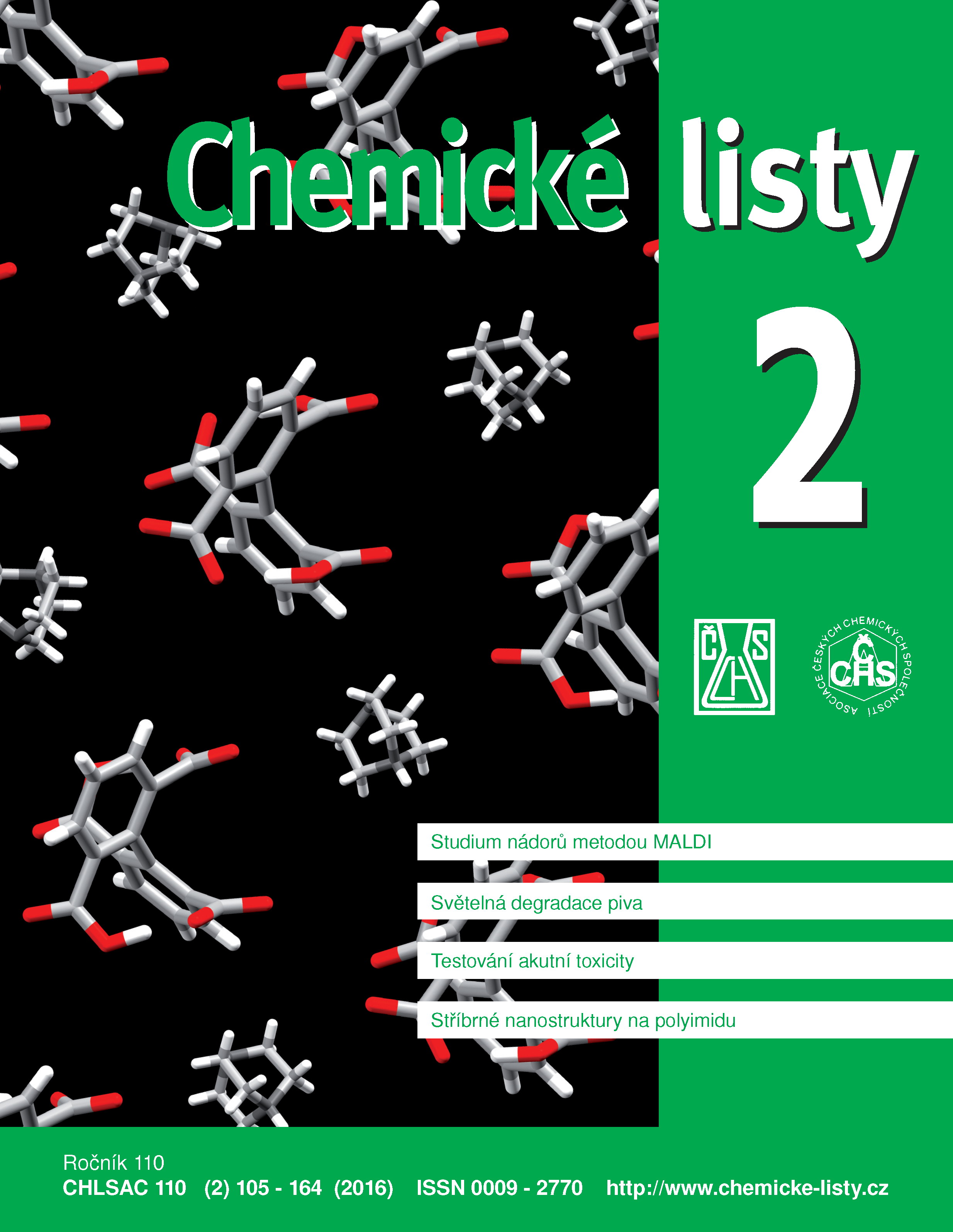Biorelevantní disoluční media simulující podmínky trávicího traktu
Klíčová slova:
biorelevantní disoluční media simulující trávicí trakt, momentální média, disoluční zkouška, gastrointestinální trakt, pufry, enzymy, pHAbstrakt
Dissolution test is used for in vitro evaluation of the speed and extent of the drug release from the tested medical form. The traditional dissolution test is often unsuitable for the prediction of the complex drug behavior under in vivo conditions. Biorelevant dissolution media simulate in vivo conditions in the gastrointestinal tract (pH, surface tension, osmolality, buffer capacity, presence of enzymes, etc.), in both the fasting and the fed state. For example, pH of the fasted-state simulated gastric fluid is increased to 1.6 and its maximum recommended volume is 300 mL. Medium also contains bile salt (sodium taurocholate) as the surface active agent. pH of the fasted-state simulated intestinal fluids is decreased to 6.8, and, in addition to sodium taurocholate, this biorelevant medium contains phospholipids (lecithin) which facilitate the wetting of the solids and increase the solubility of lipophilic drugs by micelles formation. The biphasic dissolution medium, which consists of aqueous (classical or biorelevant dissolution medium) and an organic phase (octanol), could be used to simulate drug transfer through biological membranes.





